Restoration’s Ambition
Eric Higgs
This article originally appeared in the MIT Press Reader.
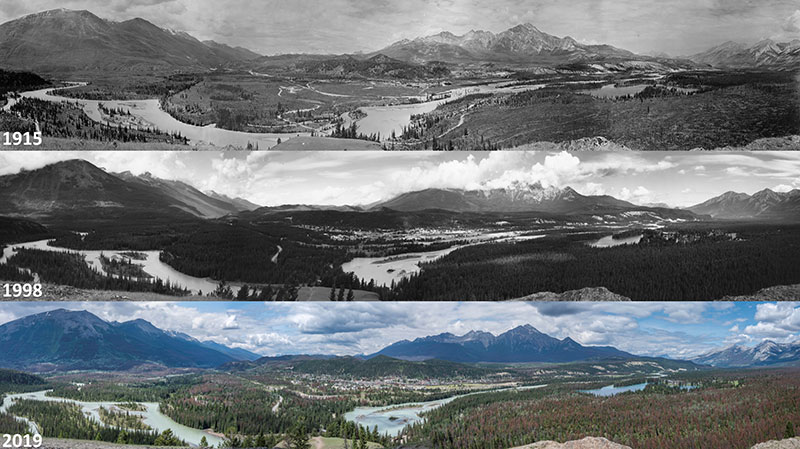
With a magical machine measuring the rise and fall of ideas, it is quite possible that 2003 would register as the apex of classical ecological restoration. It was certainly a simpler time. Largely missing — at least from most discussions in the field — were the beasts we confront in daily restoration practices today: climate change, emerging novelty, and shifting cultural views of nature. Classical restorationists confronted damaged and degraded ecosystems with a confidence in recovery to pre-damaged conditions.
It was at that time — when restoration as a science and practice was swirling in the backwaters of awareness and policy — that my book “Nature By Design” came out. I proposed in it a comprehensive view of restoration that took ecology and culture seriously, and argued for a more conciliatory and engaged relationship with the other-than-human world. This pushed against a growing technological approach to restoration that was already glimmering in the early 2000s. Published just 14 years after the founding of the Society for Ecological Restoration (SER), an organization for which I served as Chair at the time, it capped a period of searching for core principles and values.
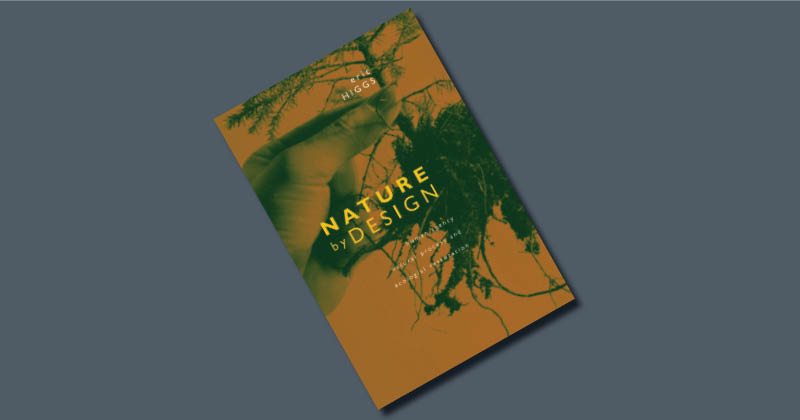
It was a scrappy time in the 1990s as the field began to coalesce. There were multiple early definitions of restoration in play until the durable one was accepted in 2001: “the process of assisting the recovery of an ecosystem that is degraded, damaged, or destroyed.” There was a sense of fighting an uphill battle not only on behalf of ecosystems but for recognition of the value and importance of restoration. It is scarcely believable that less than 20 years later the United Nations would launch the Decade of Ecosystem Restoration (2021-2030). I cannot really know 2003 was peak classical restoration, but it is at least plausible.
Not long after, all hell broke loose.
It started with a growing realization of the implications of rapidly warming climate on ecosystems. Publications began to appear in the mid-2000s highlighting the prospect of new climate envelopes, altered temperature and precipitation patterns, and species that would be locked out of their usual habitats, sometimes with extinguishing implications. Restoration models struggled to keep up, especially when historical conditions were infeasible as references or the effort to restore impractical.
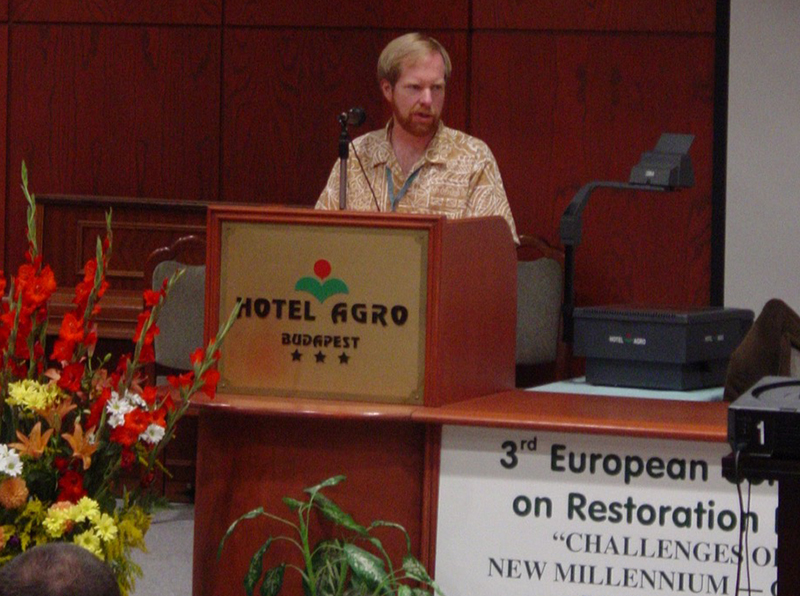
At the 2007 joint meeting of the Ecological Society of America and the Society for Ecological Restoration, climate change conversations were everywhere. A large panel discussion on restoration and climate change provoked worrisome views about the end of history as a meaningful anchor. This prompted a few of us to ask, what is restoration without history? It is, after all, preeminently a historical enterprise (the “re” in restore). In a subsequent article, we argued that historical knowledge functions in restoration in many ways, and that most of these will continue to matter in the future despite complications from climate change.
Historical knowledge functions in restoration in many ways, most of which will continue to matter in the future despite complications from climate change.
Would a more flexible Restoration 2.0 replace classical restoration? It was also apparent that global changes and regional variations in climate were not the only environmental change with implications for restoration. Altered biogeochemical cycles of all kinds were driving ecosystems in new directions. The work of the Stockholm Resilience Institute on “planetary boundaries” showed a range of environmental changes from shifting patterns of precipitation to elevated atmospheric aerosols to nutrient enrichment.
Restorationists started reporting frustrations and failure in restoring highly altered ecosystems. Instances where the abiotic conditions were altered through processes such as nutrient enrichment or salinization, for example, were making it practically impossible to restore an ecosystem to anything like pre-degradation conditions. A sprinkling of articles discussing “non analogue” or “novel” ecosystems began appearing in the early 2000s and picked up momentum through the decade. I was part of a team that gathered in 2011 to put our heads together on the idea and reality of novel ecosystems, which resulted in the first comprehensive synthesis.
Some thought the fox had entered the chicken coop by giving permission for restoration practitioners to let up on a commitment to historical continuity. It was reminiscent of earlier criticism of restoration, which stood accused of diluting preservation and conservation (this did not play out). Restoration ecologists were looking at ways of understanding and incorporating climate science, and practitioners were asking for a bit more flexibility in setting targets.
While climate was resorting the environment that ecosystems operate within, invasive species were driving ecological changes more directly. Since Charles Elton’s classic 1958 text on ecological invasions, a sub-field coalesced around the ecological traits and implications of species transported to locations outside their normal range. The intensification of a global movement of people and goods propelled the consolidation of the subfield of invasion biology over roughly the same time interval that restoration developed, which led to improved border surveillance and shipping practices, and enhanced management.
The International Union for Conservation of Nature (IUCN) mounted a “top 100” list of the world’s worst invasive species, which is regularly updated. Restoration practitioners regularly focus on removal or management of invasive species, a lesson I know painfully from the Herculean efforts locally on Vancouver Island to address bully plants and animals such as Himalayan blackberry (Rubus armeniacus), English ivy (Hedera helix) and the Eastern grey squirrel (Sciurus carolinensis). For those who argue that such biotic mixing is an inevitable consequence of globalization or even that such mixing is problematic only for a few species, the very serious retort is the loss of unique species assemblages that have formed through place-specific evolutionary interactions and usually over a long time. There is an understandable stridency by those at the frontlines of invasive species management, but there is also pushback. Some questioned the militaristic language while other asked whether there might be a middle ground between uncompromising eradication and acceptance of persistent species.
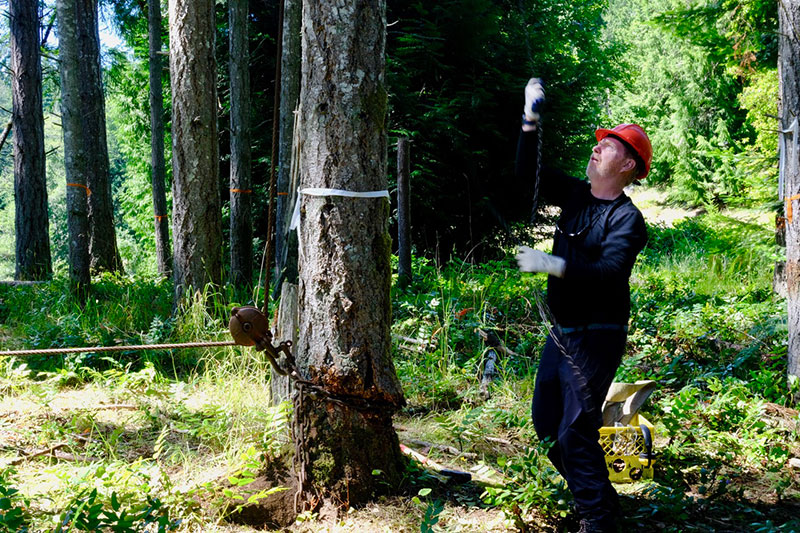
The rise of ecosystem services as a framework for analyzing the economic value of nature has shifted the conversation about the role of restoration. The framework arrived prominently in 2005 with the publication of the Millennium Assessment, a global report card on ecosystem health. Services-thinking has spread widely. Ecosystem services are used at all levels to show the benefits of conserving and restoring ecosystems. From pollination to climate regulation, there are now complicated calculi for determining just how much any particular ecosystems contributes to human well-being. It enables the formation of markets for trading services and offsets. Degrading or destroying an ecosystem diminishes natural capital, and inversely restoration can rebuild, or partly rebuild, it.
From pollination to climate regulation, there are now complicated calculi for determining just how much any particular ecosystems contributes to human well-being.
Critics argue that ecosystem services commodifies ecosystems, which carries the burden of locking the value of nature into wider economic patterns. The explosive growth and pervasiveness of ecosystem services confers a new frame of reference for valuing nature: Obscured are arguments for non-anthropocentric valuation of nature, although contortions have been made to accommodate and adapt “cultural services” to reflect spiritual and non-consumptive use. This shift in ethical stance toward ecosystems, and the role that restoration plays, is part of a larger transformation in how restoration is thought about and positioned.
My formulation of focal practices picked up on observations of how people intensify their relationship to natural processes and places through restoration. I wrote about this in “Nature By Design,” recounting how the recovery of a traditional harvesting and cooking technique for common camas (Camassia quamash) implied so much more than simply the restoration of degraded meadows. Such acts speak to ancient cultural relationships that sustain the ecosystems that are valued today. The growing recognition of restoration as contributing to cultural resurgence is matched by an emphasis on restoring ecosystems that provided important materials, foods, and medicines for peoples whose livelihoods still depend directly on ecosystems. Restoration has grown to animate such critical relationships, and dispel the classical view of restoration as centered on ecosystems alone. Of course, Indigenous communities, who ecologists are turning to for Traditional Ecological Knowledge, have known this for millennia.
The Society for Ecological Restoration released its first “Primer on Ecological Restoration” in 2002, which formally enshrined the remarkably durable definition of restoration. The Primer leaned on the first decade of the Society, which had developed a mash of policies. Features such as the nine attributes of a restored ecosystem grew out of this conversational cauldron (I am reminded of my first SER conference in 1992 that sported roiling debates about the very meaning of restoration). The Primer served the field well for a few years, but began to wear at the edges especially around climate change and cultural engagement.
Starting in 2011 criticisms of the Primer reached the peer-reviewed literature. There was a growing sense that the field was moving around and beyond what SER had set out; it was overdue a revision. The revision came in 2016 in a tight deadline version built for the Convention on Biological Diversity Forum and adapted from the then-recent Australian Standards for ecological restoration.
A significant number of restoration ecologists raised concerns about the 2016 SER “International Standards”: It narrowed the scope of restoration, quantified outcomes that actually were qualitative, embedded hard-to-justify performance standards, and pushed social and cultural engagement to the margins. A group including former SER Chairs (myself included) and Restoration Ecology editors wrote an article arguing that a principles-based approach such as taken with the World Commission on Protected Areas 2012 guidance on restoration be used instead of a standards-based one. Standards enforce conformity, which is a difficult prospect for a field whose subject is ecologically and culturally diverse. Principles, we argued, create openness and adaptation. The 2019 second edition did include “principles” in the title, and indeed laid out eight distinct principles. It is moving in a better direction, I believe, to support the needs of restorationists everywhere.
Despite delays in revising the Primer, or strains in launching the International Standards, or the inherently variegated approach restoration requires around the globe, there is a remarkable emergence of restoration allies. I hedge in calling them all restoration, because I think at the heart of a challenge in the next decade is understanding the implications of various restorative strategies (or what SER terms a “restoration continuum”).
Starting over a decade ago tropical forest restoration specialists pitched something called “forest landscape restoration,” which at first blush would seem to be restoration as usual, but with forests and at a larger scale. Studying the details reveals that the principles underlying forest landscape restoration are different in emphasis than those that guide ecological restoration (the former is more people-focused and less critically hitched to history).
In Europe the rise of “rewilding” is a huge success story. Organizations such as Rewilding Europe have championed projects that often use reintroductions of predators or grazers to kick ecosystems and whole landscapes into more biodiverse conditions. Why rewilding and not restoration, per se? It goes back, I think, to long-held discomfort by European restorationists at a North American preoccupation with pre-disturbance ecosystems; this is simply not the experience in much of Europe, which traces cultural practices through many centuries.
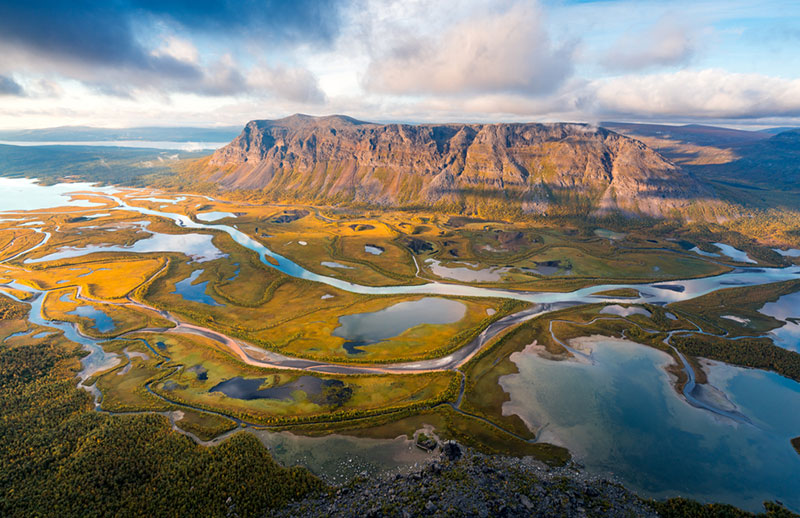
The long-standing practice of “reclamation” typically involves returning a degraded industrial (often mined) site to productive capacity. Reclamation increasingly is borrowing sheets from the restoration playbook, and so, too, are other practices that go under names such as “rehabilitation,” and “revegetation.” Most challenging may be explosion of interest in ecological design: heavily designed pockets of ecological function on rooftops, bioswales along roadsides, and schoolyard ecosystems. Restoration? Not exactly, but all of these practices share a commitment to that restorative impulse to undo damage.
Such effervescence at the beginning of the UN Decade on Ecosystem Restoration is exhilarating. It also courts problems that may not right away be apparent in a rush to embrace the prospect of solving problems. Will the relatively narrowly circumscribed “ecological restoration” à la SER serve an international community coming to grips with poverty alleviation, community empowerment, social justice, climate adaptation and mitigation, and a relentless pressure for measurable action? What will happen when the details about mismatch of principles and standards, between, say, the relative openness of rewilding versus the relatively tight perspective of ecological restoration, come to light and people become disillusioned? How best to cope with get-restored-quickly approaches involving accommodations such as fast-growth genetically modified tree species? Is there clarity about how best to manage synthetic organisms, genomic techniques, nanotechnologies, drone swarms for planting, and other innovations?
And, what of the term embedded in the UN Decade: “ecosystem” restoration? Ecosystems are spatial units bigger than organisms and ecological communities, and smaller than landscapes and ecoregions. Words do matter, and this could prove a complicating factor. I asked in 2003, “what use is there in guarding the perimeter of ecological restoration?” I suggested that an inclusive view of restoration that accepts virtually anything as restoration, “including mitigation projects, replacements, de novo ecosystem creations, formal naturalized gardens” risks restoration “drifting into meaninglessness of being co-opted by socially fashionable landscape trends.” Against this are arguments for an exclusive view of restoration that is aimed largely at ensuring professional standards. Thus, the debate rages on, and now on the international stage.
With restoration at the center stage of global commitments to achieve Sustainable Development Goals, reverse declines in biodiversity, and mitigate climate change, the need to understand and secure the keystones that hold up restoration could not be more urgent.

Note about the Jasper National Park image at the top of the article: These composited images are part of the Mountain Legacy Project, the origins of which were described in “Nature By Design.” The 1915 image (top) was from M.P. Bridgland’s phototopographic survey of the north central portion of Jasper National Park. Jeanine Rhemtulla and Eric Higgs returned to the same location in 1998 to find dramatic forest infill and changes in the build-out of the town of Jasper. A Mountain Legacy field crew returned in 2019 to find an unprecedented outbreak of mountain pine beetle (the red tinge in the trees). And, so it goes: the shifting references of ecological restoration. [1915 images courtesy of Library and Archives Canada; 1998 and 2019 images (middle and bottom) courtesy of the Mountain Legacy Project; image composites by Mary Sanseverino].
